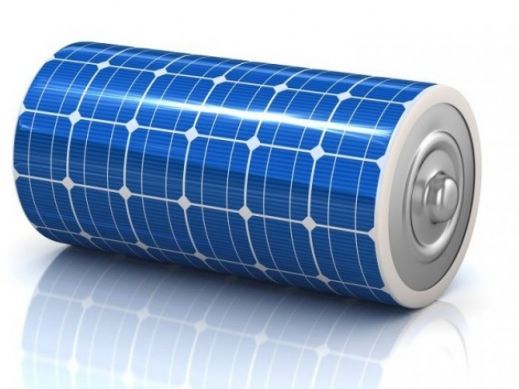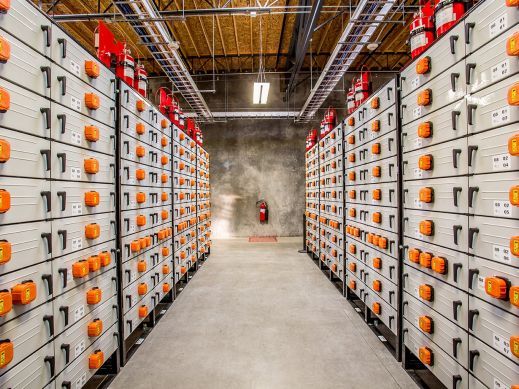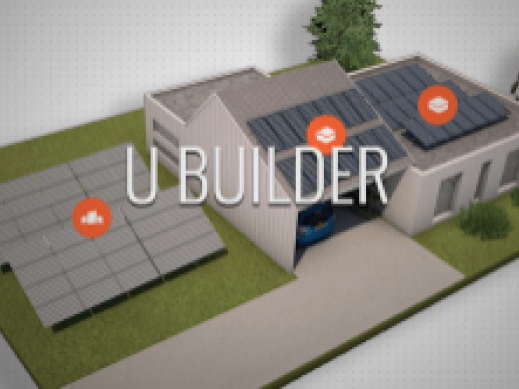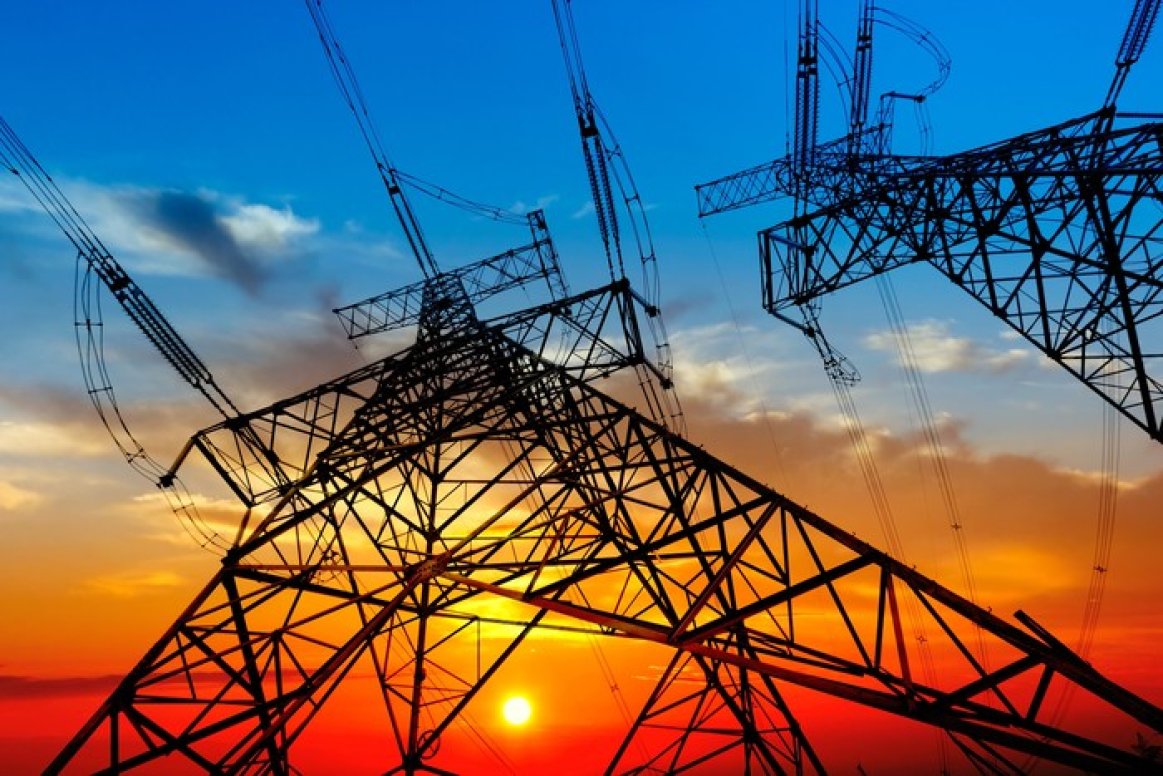
Demand Generation
Demand generation represents the status quo of the electrical generation systems in the U.S. Under this model, demand is viewed as an unalterable variable in the demand-supply equation. In simpler terms, power plants generate just the right amount of electricity to satisfy instantaneous demand at homes, businesses and industrial facilities. More subtlety, generators must actually generate more energy than is demanded in order to compensate for line losses and substation inefficiencies throughout the transmission and distribution grid (we will touch on the importance of these losses later).
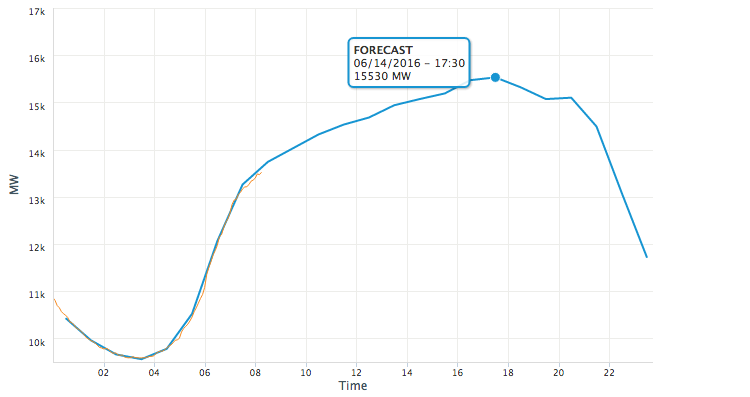
Despite the fact that generators have a wealth of historical data and weather-based computer models to estimate day-ahead demand forecasts, Independent System Operators (ISOs) must maintain constant vigilance to ensure sufficient generation capacity is available in the system to meet demand spikes. If generation does not precisely match demand, the operating frequency of the grid could be compromised and blackouts could occur. The economic impacts of these events are great and must be avoided as best they can.
The current U.S. generation fleet can be broken down into two main categories. The first is base load generators that operate at a high capacity factor year round. These facilities tend to be large coal, natural gas or nuclear plants. In other words, these generators run at full tilt for most of their operational lives. To deal with both anticipated and unanticipated demand spikes (remember, under the demand generation model electricity demand is fixed), ISOs rely on infrequently used, older facilities or fast ramping natural gas turbine generators. The latter facilities are often referred to as peaking plants or “peakers.” Both of these generators tend to be expensive to operate.
Demand Response
In contrast to the Demand Generation model, Demand Response (DR) does away with the idea that demand is a fixed variable. DR is a blanket statement for services and technologies that give ISOs the capability to call upon energy users to curtail demand on a moments notice. In this way demand can now be treated in essence as a virtual generation asset.
If this is unclear consider the following simplified example. Suppose we have a simple grid comprised of 2 generators and 2 demand loads. One generator is a base-load generator rated at 500MW and the other is a peaking plant rated at 150MW. Lets assume our loads are a town with an instantaneous demand of 400MW and a nearby manufacturing facility with an instantaneous demand of 100MW. Under normal conditions the base-load generator can supply both loads with ease without the need for the ISO to call on the expensive peaking plant.
Imagine, however, that a heat wave strikes our imaginary town and their instantaneous demand jumps to 450MW. Under the demand generation model the ISO would have no choice but to call on the peaking plant to satisfy the net demand of 550MW. Alternatively, if the manufacturing facility has the ability to quickly curtail its demand by 50MW or more than the peaking plant may never have to come online. Under both outcomes (turning the peaker on, no demand curtailment and leaving the peaker off with reduced demand from the manufacturing plant) the system equation remains balanced, supply = demand.

At this point you are likely wondering how the manufacturing could possibly reduce its demand so quickly and with apparent ease. Broadly speaking this can be accomplished in two ways. First, the facility could simply shutdown a portion of its operations. If the timing of the operations is not critical it could be cost effective to continue operations when grid demand is lower as this corresponds to lower wholesale electricity prices and lower demand charges. However, if operations are time sensitive and must be completed on time the facility could employ the use of onsite energy storage. This storage could be used to offset all or just a portion of the facility's energy needs.
Importance of Demand Response
There are many reasons why DR will become increasingly important to the grid. For one, flexible demand will become extremely valuable as our country and the rest of the globe moves towards a generation mix comprised of large amounts of clean, but variable forms of energy like solar. By pairing DR actions with energy storage, peak demand can be shifted to better correlate with renewable production. In the grid of the future, supply and demand may switch roles where demand is flexible and supply becomes the variable that the rest of the gird must work around.
Not only does DR allow for smooth integration of increased renewable penetration, it can also save money for all players on the grid. For one, with a significant DR resource, utilities can reduce the number of peaking plants kept operational as well as reducing the yearly use of each plant. Keeping these plants on standby is costly and the levelized cost of energy they produce is very high as they may only operate a few days per year. Removing these expensive generators from the mix means lower rates for end users of electricity.
As we touched on earlier, the current demand generation model relies primarily on large centralized generators that could be far from the loads they supply. Losses associated with the delivery of the energy averages around 6% of the electricity generated in the U.S. annually. Once again DR and energy storage can address these inefficiencies by allowing increased distributed solar generation cited closer to loads. Take for instance a home that has a 5 kilowatt (kW) array on the roof. If this home can store excess energy generated during the day or curtail energy needs like running a clothes dryer, peak load is smoothed on the grid and less energy needs to be sent through the transmission and distribution grid.
Lastly, DR can be beneficial to the environment in decreasing the amount of carbon dioxide into the atmosphere. With more renewable energy on the grid, the less CO2 that winds up in the atmosphere. Peaking plants can often be older facilities that lack the modern efficiency and emissions controls of newer generation stations. Once again, DR and energy storage allow for increased grid penetration of solar and wind resources. Working in tandem DR allows ISOs to shift demand while energy storage offers the ability to shift renewable supply.

